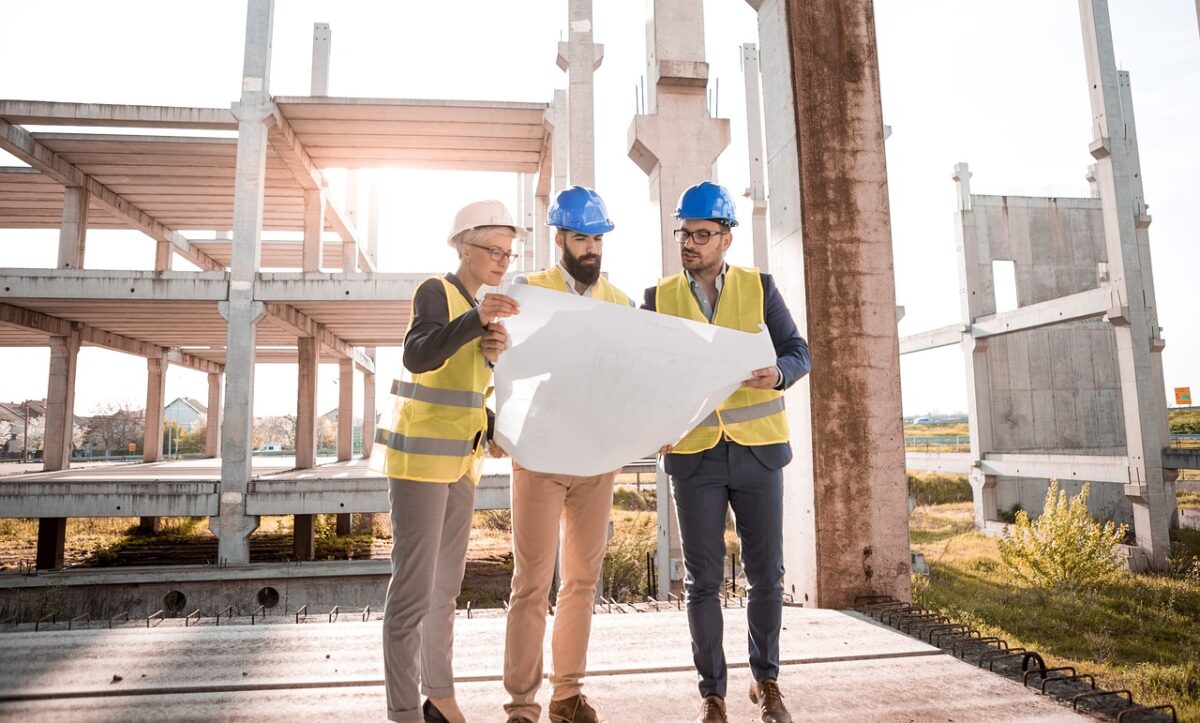
Are you looking to streamline the building completion process and ensure your project runs like a well-oiled machine? The construction industry can be complex and challenging, from coordinating multiple teams to managing tight deadlines. But fear not. In this blog post, we’ll share some valuable tips that will help you easily navigate the building completion process. Let’s dive in.
Regular Meetings
Regular meetings are crucial in keeping all stakeholders on the same page throughout the building completion process. Gathering key team members, such as architects, contractors, and project managers, ensures that everyone is informed about progress, challenges, and next steps. These meetings provide a platform for discussing any issues that may arise and brainstorming solutions collectively. They also allow for effective communication and alignment of goals among team members to avoid misunderstandings or delays. Setting a consistent schedule for these meetings helps maintain momentum and accountability within the project. Recently, staff shortages in construction have been a major issue. You can learn more about it by visiting ratgeber.blauarbeit.de.

Strategic Scheduling
Effective strategic scheduling is essential in streamlining the building completion process. By carefully planning and organizing tasks, you can ensure that projects stay on track and are completed efficiently. One key aspect of strategic scheduling is creating a detailed timeline that outlines each step of the construction process. By setting realistic deadlines for each project phase, you can avoid delays and keep things moving smoothly. It’s also essential to consider factors like weather conditions and availability of materials when creating your schedule. This will help you anticipate potential roadblocks and make adjustments as needed.
Quality Control
Quality control is a crucial aspect of streamlining the building completion process. Ensuring that every detail meets high standards can prevent costly errors and delays down the line. Implementing quality control measures from the beginning of the project helps maintain consistency and efficiency throughout each phase of construction. Regular inspections and checks can catch any issues early on, allowing for timely corrections. Utilizing Building Information Modeling (BIM) software can aid in monitoring progress and identifying potential flaws before they become major problems. Collaboration between all stakeholders involved in the project is key to maintaining quality standards at every stage.
Prefabrication
Prefabrication is a game-changer in the building completion process. By constructing components off-site, you can save time and minimize disruptions on the construction site. This method allows for greater precision and quality control since the elements are manufactured in a controlled environment. Plus, prefabrication reduces material waste, making it a more sustainable option for construction projects. Another benefit of prefabrication is its ability to streamline the assembly process on-site. With pre-built components ready to go, workers can focus on efficiently piecing everything together without delays or errors. Additionally, prefabricated elements often come with integrated systems like plumbing and electrical work already installed, further speeding up the building process.
Remember that communication is vital throughout every project stage to address any issues or delays promptly. By following these tips, you can streamline your building completion process and achieve successful outcomes for your construction projects. Embrace innovation, collaboration, and attention to detail to propel your projects towards timely completion while maintaining high-quality standards. We hope that you have found this blog post helpful.
